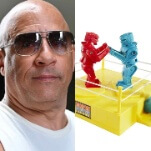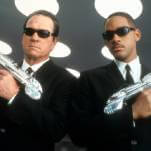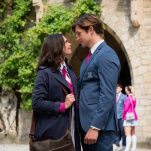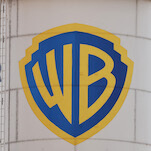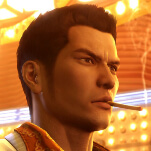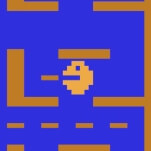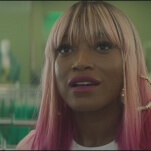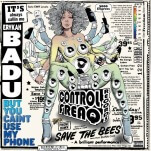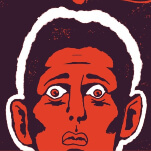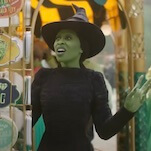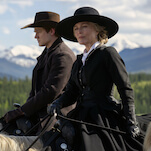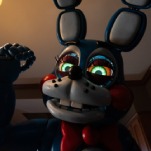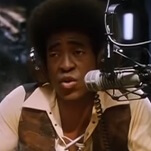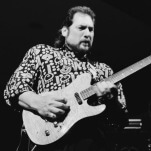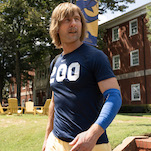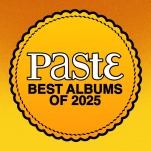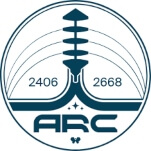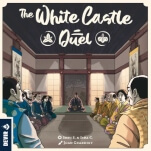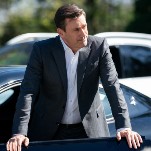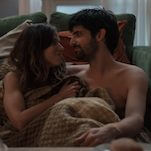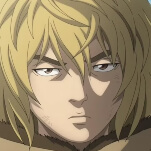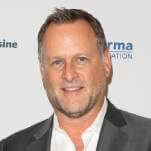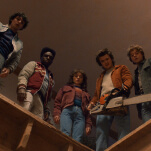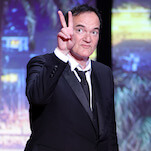Francis
Ford Coppola's twin masterpieces The Godfather and The Godfather Part II have almost innumerable qualities
to recommend them and stand up to repeat viewing like few other movies. But
nobody would watch them for story alone. The scripts, co-written by Coppola and Godfather
novelist Mario Puzo (with some pinch-hitting by Robert Towne), feature
clever-to-Byzantine plotting as they work through the secret history of the
American underworld, from its turn-of-the-century origins through the films'
equivalent of the Kefauver hearings. But it's the doomed inhabitants of that
world that bring us back. Whether it's Barzini or Tattaglia who orders the hit
on Marlon Brando's Don Corleone matters much less than the role that moment
plays in the slow disintegration of the Don's tight-knit family.
There's a
story working above mere plot here, one that creates a seductive, fatalistic
vision of how the reckless pursuit of the American Dream erodes innocence and
frays family ties. Consider one scene from Part II: Young Vito Corleone (Robert De
Niro) has just tiptoed into a life of crime at the urging of new friend and
future capo Clemenza (played as a young man by Bruno Kirby). His first spoil is
an expensive red rug stolen from the house of a wealthy family. After carrying
it home with Kirby, De Niro gingerly places his toddler son Santino—whom,
played by James Caan, we've already seen die violently in the first
movie—at its center. "Look how pretty it is," his mother insists, but the
boy won't stop crying. It's as if he senses what we already know: This is the
moment that seals his fate.
In The Godfather films, family sustains until it
starts to kill. The first film traces the decline of Don Vito Corleone and the
ascent of his son Michael (Al Pacino), a war hero whose stated intention to
stay out of the family business matches his father's ambitions to keep him
clean. But in the world the Don's helped create, it's a foolish wish. Coppola
uses the peerless dark lens of cinematographer Gordon Willis to capture the
eclipse of Pacino's soul as he casts his commitment to a law-abiding life aside
in order to protect his family. What starts as a familial obligation slowly
turns Michael into a colder version of the father he set out to protect. His
mounting sins give the famous christening finale the tone of a satanic rite.
By Part
II, the rise and
fall structure has given way to a story of sustained tragedy. Having abandoned
New York for Nevada, Pacino's gift for exploiting weakness and corruption has
granted him wealth and access beyond his father's dreams, but happiness and
security haven't followed. Here Coppola alternates between De Niro's Vito as he
comes into his own in a bustling, immigrant-filled New York—the finest
moments Coppola has ever put to film, and among the finest anyone has—and Pacino's slow slide
to a final scene that leaves him in cursed isolation. Coppola makes that
destiny look both inevitable and devastating.
Fortunately,
another kind of degradation has been reversed with The Godfather: The
Coppola Restoration,
the product of years of effort by restoration expert Robert Harris. Given sometimes
tattered negatives, Harris worked with Willis to restore the films to the way
they looked upon original release—heavy shadows, overblown sunlight, film
grain, and all. The restoration looks great on DVD and stunning on Blu-Ray,
where the high def picture lets viewers savor the almost subliminal twitches on
which Pacino and Brando build their performances.
Key features: The new set imports all the
documentaries, commentary tracks, and deleted scenes that accompanied the so-so-looking
2001 DVDs alongside some new docs on the restoration and fannish appreciations
from the likes of Richard Belzer, Sarah Vowell, and others. Also included:
something called The Godfather Part III, which at this point is probably best treated as a
long bonus feature.


